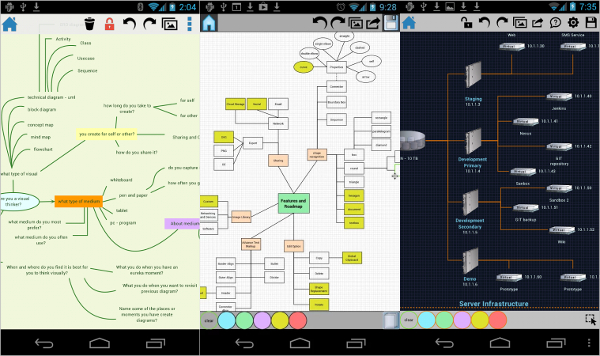

"Drawing syntax before syntactic trees: Stephen Watkins Clark's sentence diagrams (1847)". Graded Lessons in English: An Elementary English Grammar Consisting of One Hundred Practical Lessons, Carefully Graded and Adapted to the Class-Room. Graded Lessons in English: An Elementary English Grammar. A practical grammar: In which words, phrases & sentences are classified according to their offices and their various relationships to each another. ^ Aarts, Bas Haegerman, Lilianne (2006).The various parts can be phrases rather than individual words. The subject is the owner of an action, the verb represents the action, the object represents the recipient of the action, and the adverbial qualifies the action. The dependency relation, in contrast, is present insofar as modifiers dangle off of or appear below the words that they modify.Ī sentence may also be broken down by functional parts: subject, object, adverbial, verb (predicator). Thus the vertical and slanting lines that cross or rest on the baseline correspond to the constituency relation. In a Reed–Kellogg diagram, the vertical dividing line that crosses the base line corresponds to the binary division in the constituency-based tree (S → NP + VP), and the second vertical dividing line that does not cross the baseline (between verb and object) corresponds to the binary division of VP into verb and direct object (VP → V + NP). The constituency relation is present in the Reed–Kellogg diagrams insofar as subject, verb, object, and/or predicate are placed equi-level on the horizontal base line of the sentence and divided by a vertical or slanted line. Reed–Kellogg diagrams employ both of these modern tree generating relations. Both constituency-based and dependency-based theories of grammar have established traditions. The result can be very "tall" trees, such as those associated with X-bar theory. The one-to-one-or-more constituency relation is capable of increasing the amount of sentence structure to the upper limits of what is possible. N, NP, V, VP) are used as the labels on the nodes in the tree. Both parse trees employ the convention where the category acronyms (e.g. Dependency, in contrast, is a one-to-one relation every word in the sentence corresponds to exactly one node in the tree diagram. IP = Inflectional phrase.Ĭonstituency is a one-to-one-or-more relation every word in the sentence corresponds to one or more nodes in the tree diagram. X-bar theory graph of the sentence He studies linguistics at the university. (D = Determiner, N = Noun, NP = Noun Phrase, S = Sentence, V = Verb, VP = Verb Phrase) These two relations are illustrated here adjacent to each other for comparison: The principles are now regarded as the constituency relation of phrase structure grammars and the dependency relation of dependency grammars. The connections to modern principles for constructing parse trees are present in the Reed–Kellogg diagrams, although Reed and Kellogg understood such principles only implicitly. for coordination and subordinate clauses. These basic diagramming conventions are augmented for other types of sentence structures, e.g. Prepositional phrases are also placed beneath the word they modify the preposition goes on a slanted line and the slanted line leads to a horizontal line on which the object of the preposition is placed. Modifiers, such as adjectives (including articles) and adverbs, are placed on slanted lines below the word they modify. Modifiers of the subject, predicate, or object are placed below the base line: If the object is a predicate noun or adjective, the line looks like a backslash, \, sloping toward the subject. If the object is a direct object, the line is vertical. The verb and its object, when present, are separated by a line that ends at the baseline.

The predicate must contain a verb, and the verb either requires other sentence elements to complete the predicate, permits them to do so, or precludes them from doing so. The subject is written on the left, the predicate on the right, separated by a vertical bar which extends through the base. The diagram of a simple sentence begins with a horizontal line called the base. Simple sentences in the Reed–Kellogg system are diagrammed according to these forms: Some teachers continue to use the Reed–Kellogg system in teaching grammar, but others have discouraged it in favor of more modern tree diagrams. Most methods of diagramming in pedagogy are based on the work of Alonzo Reed and Brainerd Kellogg.


 0 kommentar(er)
0 kommentar(er)
